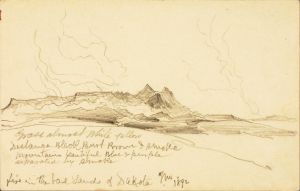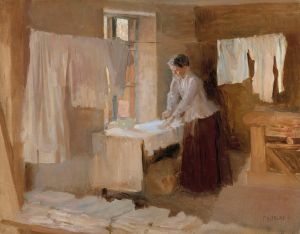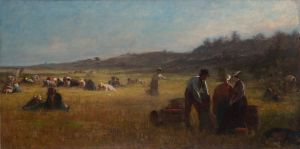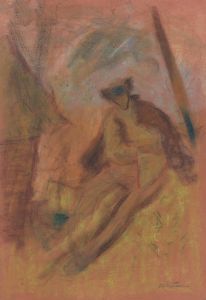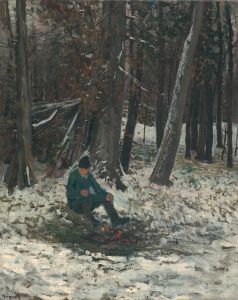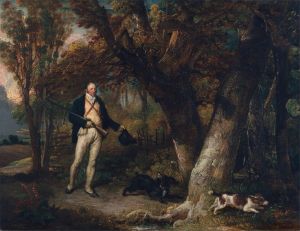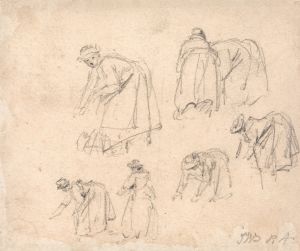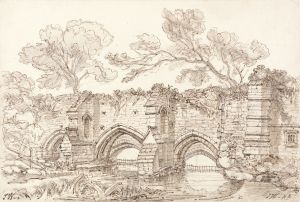
A Boy Employed in Burning Weeds
A hand-painted replica of James Ward’s masterpiece A Boy Employed in Burning Weeds, meticulously crafted by professional artists to capture the true essence of the original. Each piece is created with museum-quality canvas and rare mineral pigments, carefully painted by experienced artists with delicate brushstrokes and rich, layered colors to perfectly recreate the texture of the original artwork. Unlike machine-printed reproductions, this hand-painted version brings the painting to life, infused with the artist’s emotions and skill in every stroke. Whether for personal collection or home decoration, it instantly elevates the artistic atmosphere of any space.
James Ward's painting A Boy Employed in Burning Weeds is a work of art created by the British painter and engraver James Ward (1769–1859), who is widely recognized for his contributions to Romanticism and his depictions of rural life, animals, and landscapes. Ward was a prominent figure in British art during the late 18th and early 19th centuries, and his works often reflect his keen observation of nature and his ability to capture the essence of rural England.
The painting A Boy Employed in Burning Weeds portrays a young boy engaged in the task of burning weeds, a common agricultural activity in rural areas. The subject matter aligns with Ward's frequent focus on scenes of everyday life and labor in the countryside. The work is notable for its detailed rendering of the boy and the surrounding environment, showcasing Ward's skill in depicting texture, light, and atmosphere. The painting exemplifies Ward's interest in the dignity of rural labor and his ability to elevate ordinary scenes into subjects of artistic merit.
While the exact date of the painting's creation is not definitively documented, it is consistent with Ward's broader body of work, which often explored themes of rural life and the natural world. Ward's career was marked by his transition from engraving to painting, and he became an associate of the Royal Academy in 1807 and a full member in 1811. His works were highly regarded during his lifetime, and he remains an important figure in the history of British art.
The painting is part of the collection of Tate Britain, a major art institution in London that houses a significant number of works by British artists. It is accessible to the public and contributes to the understanding of rural life in the Romantic period through its detailed and evocative portrayal of a simple yet meaningful task.
No further specific details about the painting's commission, provenance, or reception at the time of its creation are readily available. However, it remains an example of Ward's dedication to capturing the beauty and authenticity of rural England.





